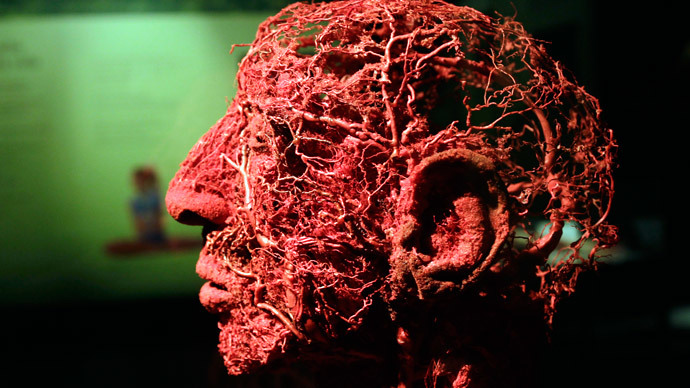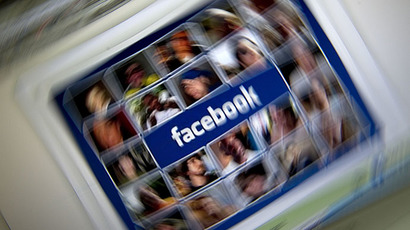Scientists create ‘self-healing’ plastic inspired by human vascular system

A new breakthrough in “self-healing” plastics has scientists looking forward to a future in which broken smartphones, utility pipes, and even satellites can repair themselves.
Developed by researchers at the University of Illinois, the new polymer is 100 times stronger then previously designed self-repairing plastics, making it capable of fixing holes as wide as 3 cm.
According to BBC News, researchers were inspired by the veins and arteries found in the human body, and moved to recreate a synthetic vascular system capable of delivering the liquid healing agent needed to patch holes that occur.
"Although self-healing of microscopic defects has been demonstrated, the re-growth of material lost through catastrophic damage requires a regenerative-like approach," Professor Scott White, one of the lead researchers at the University of Illinois, told the news outlet.
Previously, scientists filled polymers with a capsule containing a specific chemical capable of making repairs. When the polymer was penetrated, the liquid was released and “bridged” the newly created gaps.
By recreating a network similar to the human vascular system, scientists developed a much faster way to distribute the healing chemicals, which now arrive in two different streams and combine to spread a gel-like substance over the affected area. When the gel hardens, the plastic regains roughly 62 percent of its original strength.
"We filled regions exceeding 35mm within 20 minutes, and restored mechanical function within three hours," the researchers wrote in an article for Science.
"Vascular systems can potentially eliminate fracture in materials by preventing small, noncritical cracks from propagating to critical sizes,” they added.
While the breakthrough is impressive, White and his fellow researchers stated that further research would be needed, and an even more effective distribution system would be required before the plastic would be able to repair itself after more devastating ruptures. In the future, scientists would like products to be able to repair themselves after suffering from bullet strikes and even bomb damage.
"When damage is unpredictable and uncontrolled, more complex and interconnected vascular networks will be necessary to provide sufficient vascular coverage and redundancy to circumvent channel blockage," Prof White and his co-authors wrote.
Until then, let’s just hope they figure out a way to fix all these broken smartphone screens.














